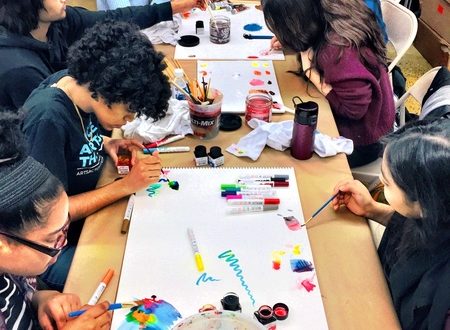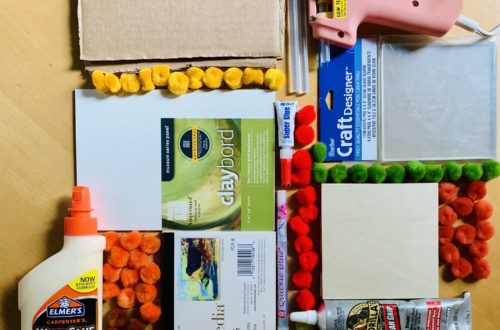Surfaces are the most important tool that any artist uses. It doesn’t matter what you put on top of a surface, if it’s not suitable for the art you’re doing, it’s not going to last. For this reason, they deserve a great deal of attention.
Overview of Surfaces
Canvas
Of course, when you think of surfaces, canvas comes to mind. It is one of the most popular surfaces, so we dedicated a whole article to it on MacPhersonart.com.
Paper

Along with canvas, paper is another surface your staff should be knowledgeable about. When customers are shopping for paper, they are looking at content, sizing, and texture.
The content of paper comes down to whether it is made from wood pulp or cotton. It is important to know the difference between the two:
- Wood pulp paper is generally less expensive than cotton paper and comes from recycled material. It is made by separating cellulose fibers from wood and mixing them with water and other chemical or plant-based additives.
- Cotton paper is made using a cotton linter or cotton from used cloth. It is often used for important documents because it is known to last many years without deterioration. Cotton paper is stronger and more durable than wood pulp paper.
Sizing is a substance that is applied to paper to act as a protective filler or glaze. It is used during paper manufacturing to reduce the paper’s tendency to absorb liquid, allowing inks and paints to remain on the surface of the paper and dry.
It is either made out of vegetables or gelatin that usually comes from pork. So paper with vegetable sizing is considered vegan. That’s something that customers are looking for right now, especially millennials.
Lastly, the texture of paper varies depending on if the paper is cold press, hot press or rough press:
- Cold press paper is pressed with cold rollers or plates. The plates press the surface fibers down a bit but still leave some surface texture. The amount of texture may vary, but cold press paper is always toothier than hot press paper. Cold-press paper is the most popular and versatile type of paper. It is suitable for most media. Watercolor artists prefer it because it’s more absorbent and stays wet longer than hot press paper.
- Hot press paper passes through heated rollers or plates. The heated presses press the paper fibers down more than the cold presses, producing a smoother paper. Hot pressed paper is great for highly detailed illustrations, printmaking, etching, drafting, sketching, and drawing.
- Rough press paper is the roughest texture of paper. During the drying process, it is pressed between sheets of textured felt, so it has a felt-like texture. The heavier ingrain of texture means that granulating effects are enhanced. This paper surface is not recommended for detailed work. It is suited to more expressive types of painting.
As an additional resource, this glossary of paper terms from Legion Paper Company is really helpful for familiarizing yourself with all the paper terminology.

Non-Traditional Surfaces
It is important for your staff to be familiar with all of the types of surfaces available to artists. Today’s customers are very excited about non-traditional surfaces. Trending non-traditional surfaces include plastic, things from nature such as raw wood and rocks, and found surfaces.
Raw Wood
Artists often stain, dye, and varnish raw wood when working with the medium. To familiarize yourself with the process, check out this video from Jacquard Products. This post from Montana Cans is also a great resource on how to use varnish.
Found Surfaces
A found surface is any type of surface that is not typically used for art. This could include anything from an old chair to a skateboard. Another example would be when graffiti artists paint on their cans after they are used. If you’re not familiar with what other found surfaces artists are using, feel free to do your own research and share your findings in the comments.


Tips and Tricks
In a surface department, hanging up examples of what different surfaces look like as finished products is a great way to encourage customers to make purchases. Hosting classes on how to use non-traditional surfaces will also inspire your traditional artist space.






